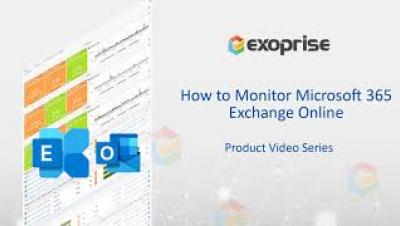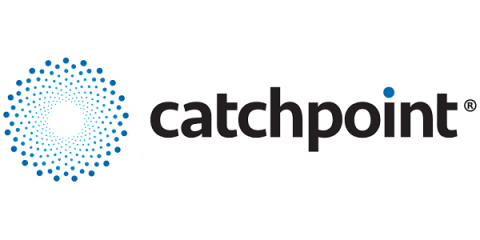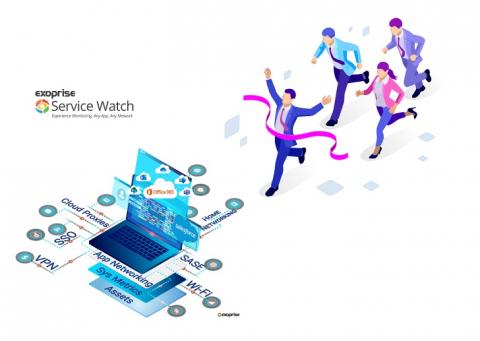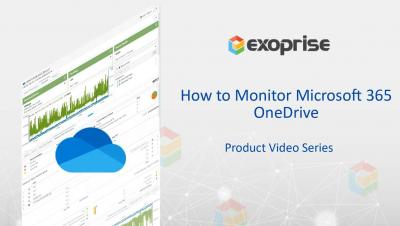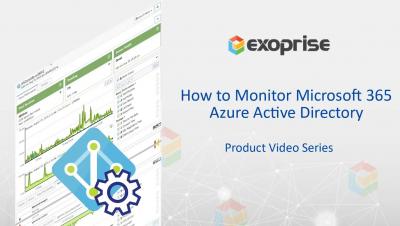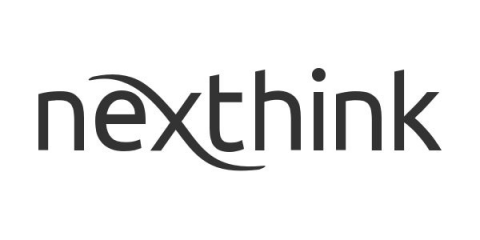Operations | Monitoring | ITSM | DevOps | Cloud
DEM
Major Auto Insurance Provider Fuels Field Agent Productivity With End User Experience Monitoring
Many organizations immediately pivoted to a largely remote workforce in March of 2020. For many IT teams, across all industries, this meant a huge rushed effort to make sure employees had the technology to work from home effectively. Fortunately, many companies, specifically in the insurance industry, already had remote workers and have weathered this transition well.
Empowering customers and employees through digital experience
The pandemic has made clear that businesses can’t work in silos anymore. That reality extends to customer experience (CX) and employee experience (EX). The path to success is integration between the two to create a total digital experience, because happy employees produce happy customers. “The employee and customer experience are like a mobius strip or infinite loop.
Why Exoprise Beats the Competition
Digital Experience Monitoring (DEM) solutions like those from Exoprise monitor SaaS and custom web applications behind the firewall or cloud to deliver optimal performance to end-users. In a survey done by Forrester, 51% of technology teams and individuals are now objectively managed on providing the right technology to improve and manage the end-user experience. While the onset of COVID may have led companies to restructure a year ago, the same companies are now presented with new challenges to support a hybrid workforce and retain the best employees.
An Introductory Guide to Digital Experience Monitoring (DEM)
Modern software development companies are constantly trying to make their products better. Building and deploying top-notch features ahead of the competition is a primary goal for any software-related business. Perhaps one of the most important features companies can offer but often overlook or find hard to deliver effectively is a smooth end-user experience and great overall web performance.
How Cox Automotive's IT Operations Team Relies On Monitoring To Help Bring 27 Company Brands and Over 700 Applications Under One Roof
Cox Automotive is a global company with over 40,000 auto dealer clients across five continents. The company, which houses Kelly Blue Book, Autotrader, and 25 other brands, was built through acquisitions. Its IT Operations team is tasked with bringing them together under the Cox Automotive umbrella and ensuring “a good, consistent experience” for its customers worldwide.
Proactive VPN Monitoring for the Hybrid Workforce
A VPN, allows remote employees to create a secure traffic connection to the corporate network. These connections essentially tunnel from a computer or mobile device through a VPN server, often through the public Internet. VPN technology has been around since the mid-1990s, but its usage is now going mainstream due to Covid. As Covid accelerates, it means new monitoring challenges for IT amid a high VPN adoption.
How to Monitor Microsoft OneDrive for Business
How to Monitor Microsoft Azure Active Directory (Azure AD)
How Much Does a Digital Experience Leader Make in IT?
Have you ever tried to search for a leadership position in IT that’s dedicated exclusively to employee experience, sometimes listed as end user experience or Digital Employee Experience (DEX)? I’m not talking about a CXO (Chief Experience Officer) role outside of IT—that position is usually advertised for customer experience or employee communications and human resources. I’m talking strictly enterprise IT.


